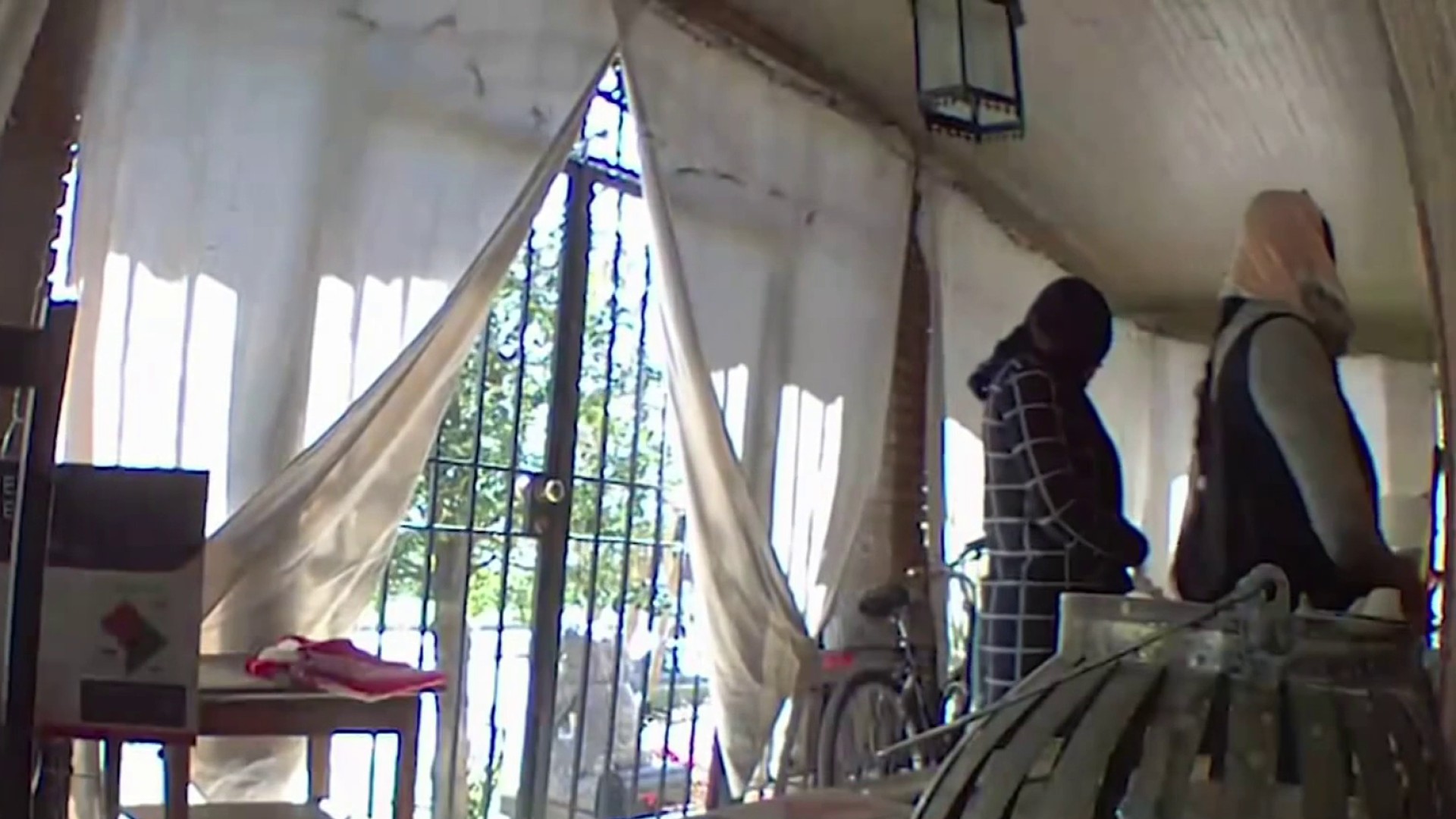Groundbreaking technology being tested at Walter Reed National Military Medical Center allows amputees to feel things through their artificial limbs.
Brian Tobias lost his leg in a motorcycle accident five years ago.
“It was just an unlucky day,” he said. “Someone else was having an accident, and we caught the back end when everyone is dipping and dodging,” he said. “I don’t even know how I survived to be honest.”
The accident derailed his career in the Navy.
“First there’s a realization, ‘OK, now I have one leg,’” he said. “I tried to do everything within a wheelchair – making my bed, cooking, cleaning. It was hard; it was rough.”
Tobias was fitted for a prosthetic leg and got a service dog to lift his spirits. He made strides but said he never felt comfortable in a traditional socket prosthetic.
Then he heard about a clinical trial at Walter Reed in Bethesda.
Local
Washington, D.C., Maryland and Virginia local news, events and information
“What's unique about osseointegration is that it's transdermal,” Navy Cmdr. Jonathan Forsberg said. “It comes out of the skin to connect with an external prosthetic. Patients who have difficulty with socket-wear may benefit from osseointegration.”
Forsberg is a pioneer in the field of osseointegration and says the technology works just like a dental implant does.
First, doctors fuse a titanium implant into the bone and let it heal. Three months later, that rod is pulled out through the soft tissues and skin and the prosthetic arm or leg latches directly to the implant, much like an artificial tooth is anchored into the jaw. It can take months to fully recover, and the biggest risk is infection.
“It was scary at first because you have this rod sticking out of your leg,” Tobias said. “Over time you feel your strength returning. You feel these crazy twitches and you’re like, ‘What is that?’ because that’s your muscle growing back. So you almost feel like Popeye without the spinach.”
By connecting the prosthesis to the bone, patients become more sensitive to surfaces, allowing them to touch and feel through their artificial limbs.
“[Brian] can tell the difference between wood, linoleum, gravel and concrete when he walks,” Forsberg said. “I think that's tremendous.”
Years after he lost his leg, Tobias said the sensation has returned. A wet kiss from his service dog gets his attention.
“He decided to lick my right foot and I was like, ‘Yo! What are you doing?’ But for me to ask him what he’s doing means that I felt it first,” he said.
Not only is his pain and discomfort gone, his balance has improved. He's boxing now, logging an hour of physical therapy each day and doing things he never thought he would do again.
“I have my life back,” he said. “I have nothing to hold me back anymore but me,” he said.
As science and medicine evolve, doctors say the concept of the bionic man may become a reality in the not-too-distant future.
“We can create a man or woman in machine scenario where the patient can intuitively think, 'Open fist,' and the fist opens on a prosthetic or robotic limb,” Forsberg said. “Through the osseointegration program here at Walter Reed, we're recruiting patients to do this exact procedure.”
Anyone who's eligible for care within the military healthcare system can apply to be part of the osseointegration program. Walter Reed plans to have the results of their clinical trial in two years.



